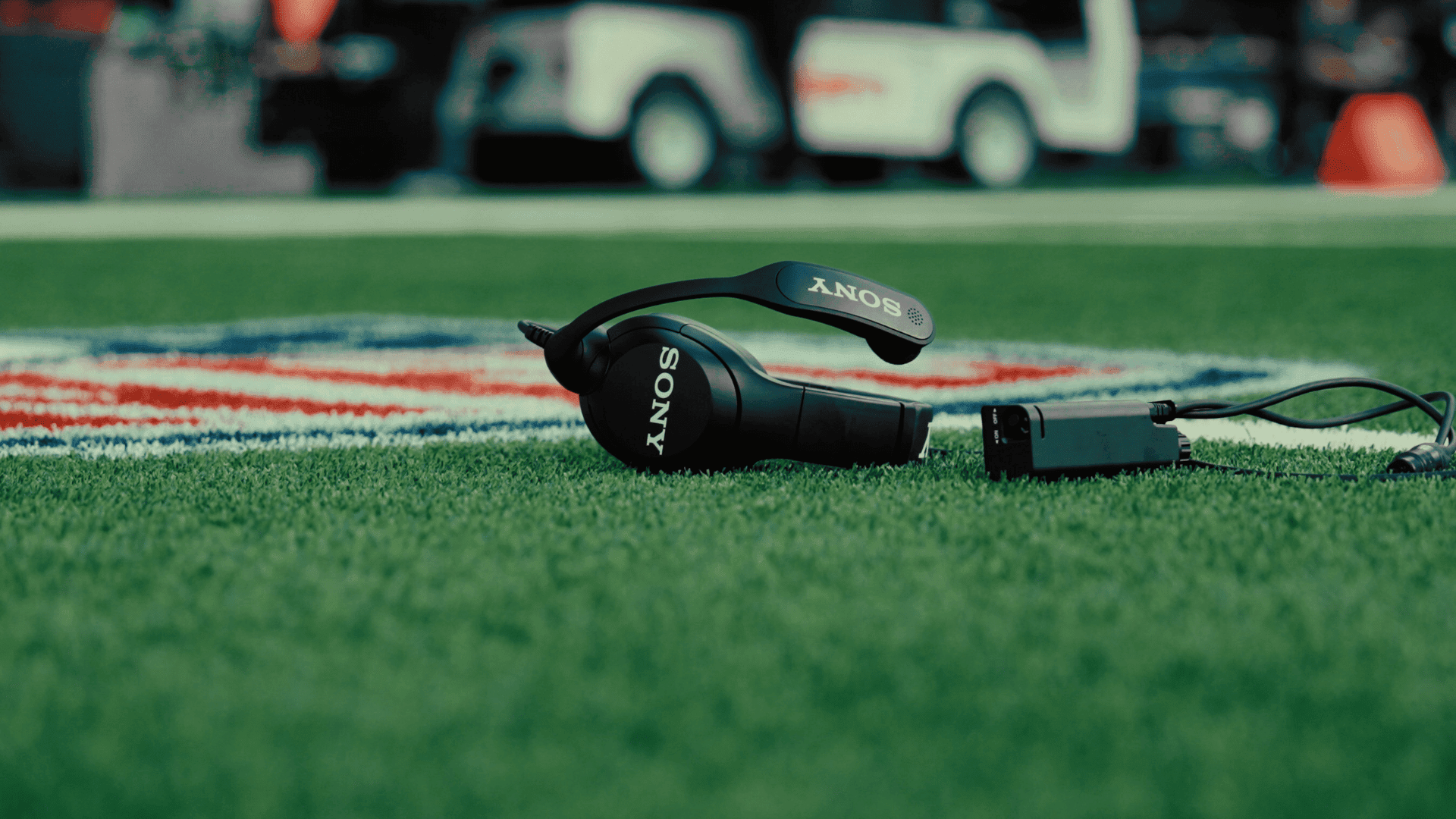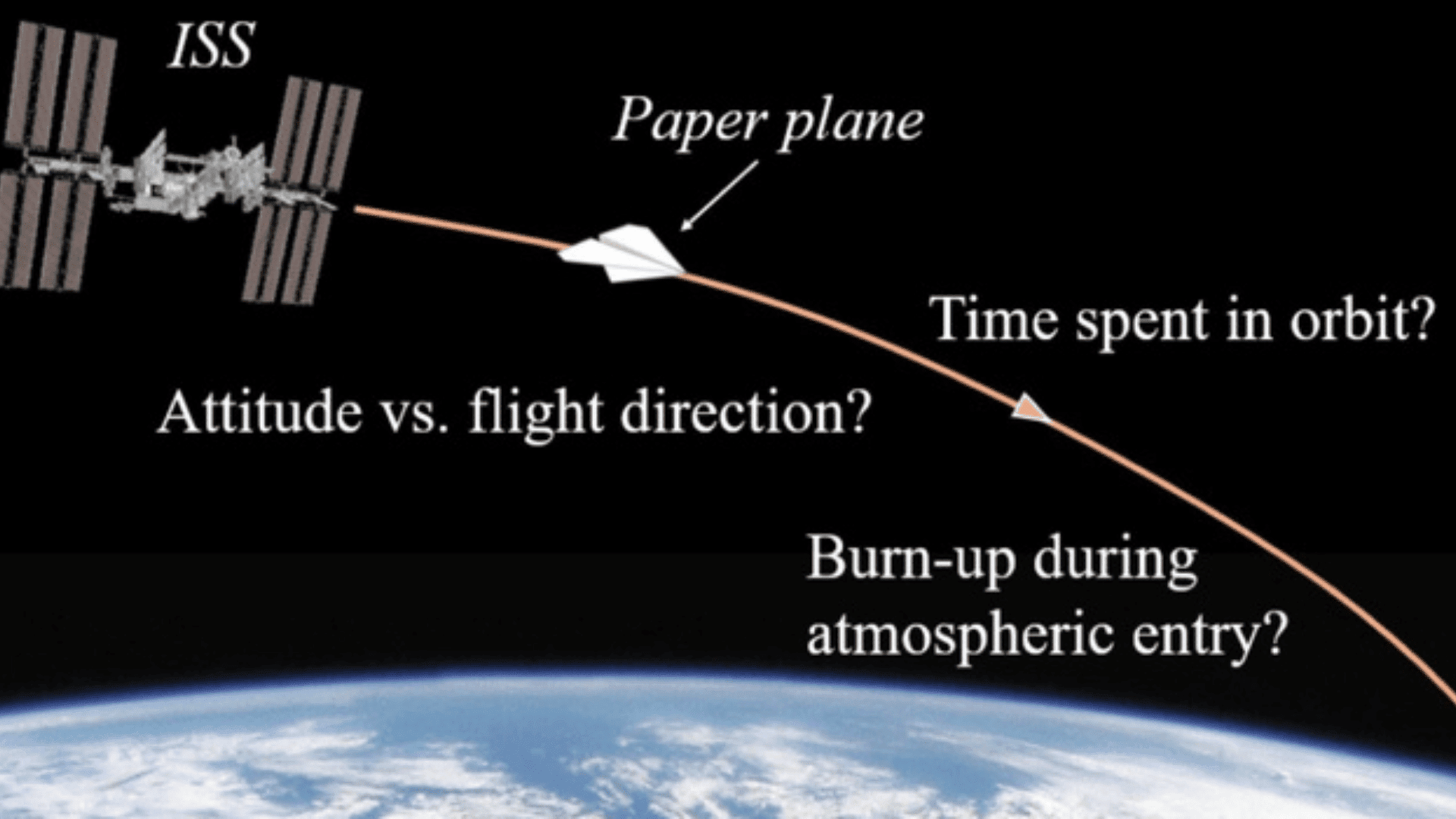According to Statista, 88 percent of U.S. consumers used coupons in 2020, with a predicted 142.3 million US adults redeeming online coupons within the year. This figure is projected to grow in 2021. But what is the evolution of coupons, and how did they come to be so integral to shopping?
The 1880s to 1920s: Who invented coupons?
Businessman Asa Candler invented coupons in 1888 when Coca-Cola would offer pharmacists two gallons of Coke in return for the names of addresses of consumers who lived near each pharmacy; Coca-Cola then sent a coupon to these addresses that could be redeemed for a free glass of Coke at any dispensary. The coupons were originally just circulated around the Atlanta area, but eventually made their way around the nation through mail, newspapers, and magazines.

Even though Coca-Cola was founded just one year before the coupons began to be distributed, Coke was available in every state by 1895, and, by 1913, an estimated one-in-nine Americans had received a free Coca-Cola, equalling about 8,500,000 free drinks. Given that Coke is currently the world’s best-selling carbonated beverage, the world’s first coupon was a massive success.
Following Coca-Cola’s lead, C.W. Post released the second-ever coupon (the first-ever discount coupon) in the late 1890s. The coupon was for 1-cent off of their new grape-nut breakfast cereal.
The 1930s to 1980s: When did coupons become popular?
The Great Depression in the 1930s caused coupons to boom because of families struggling to pay for their weekly groceries. Additionally, rationing throughout and after WWII in the 1940s further propelled coupons to become a part of Americans’ daily life.

Photo Credit: Duke University Library Archives
For example, after the Emergency Price Control Act was passed in 1942, giving the government the ability to institute price limits and to ration food and other items, the government instituted a coupon system that Americans had to use to buy items such as sugar, coffee, food, and gasoline.
The Nielsen Coupon Clearing House was founded in 1957, becoming the first company devoted entirely to coupons. They served as the middleman between manufacturers and retailers to facilitate the redemption and technology behind coupons, making them easier to produce and distribute.
By 1965, almost half of the U.S. population used coupons regularly, and by 1975, this number grew to three-quarters of the population, truly marking their evolution. Coupons were distributed in newspapers and magazines, grocery stores began printing coupons on the back of receipts, and electronic shelf coupons began appearing in stores.
The 1990s to Now: What is the future of coupons?
Following the invention of the internet in the 1990s, coupons began to appear online with downloadable coupons and online coupon codes. Individual retailers started offering coupons directly to consumers on their websites, and other electronic coupons were found on the websites of online newspapers.
Two major coupon websites were founded in the early 2000s: RetailMeNot.com in 2006 and Groupon in 2008. These sites still enjoy a massive customer base, saving consumers money each year. In 2010, Target became the first national chain to put mobile coupons on customers’ cell phones. Also in 2010, Extreme Couponing premiered on TLC, popularizing the act of “couponing”, which is saving and stacking together coupons to get the biggest deal possible.

In 2011, Ibotta revolutionized saving on groceries and other items with their free digitized cash back app. Instead of clipping coupons, you simply upload your receipt or link your store account to receive cash back on eligible items from over 1,500 brands and retailers. This way you are getting money back on purchases that you already made. Ibotta has since grown past just groceries and includes other retailers that you can receive cash back from, such as Bed Bath & Beyond, Kay Jewelers, Nike, and Ticketmaster. This application represents the true evolution and future of coupons with its ease and convenience of putting money back in your pocket with an app.
Find out more about the innovation of digitized cash back programs on Tomorrow’s World Today’s “Getting Paid to Shop” streaming NOW on Science Channel GO and Discovery GO!







